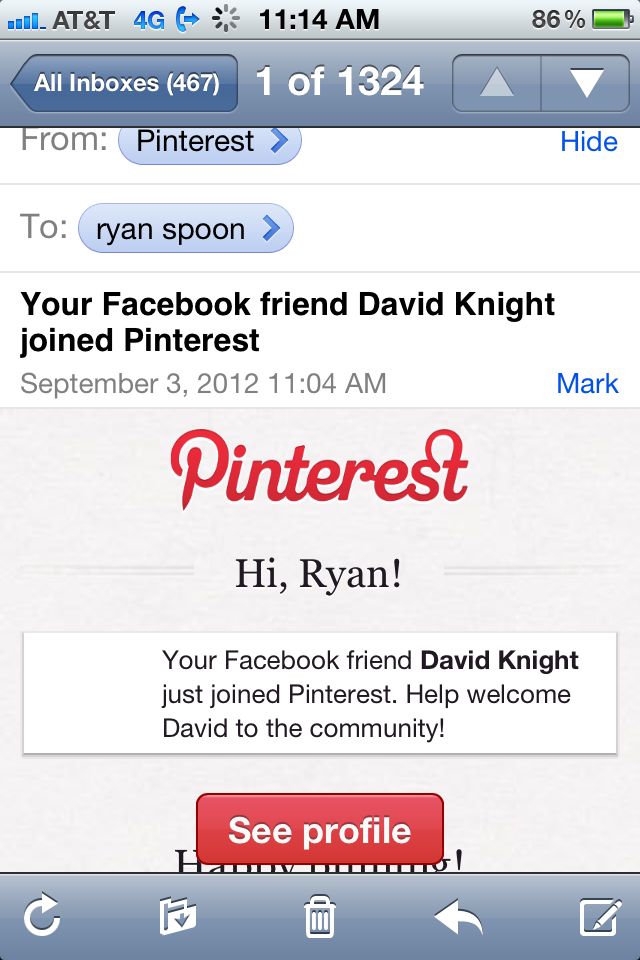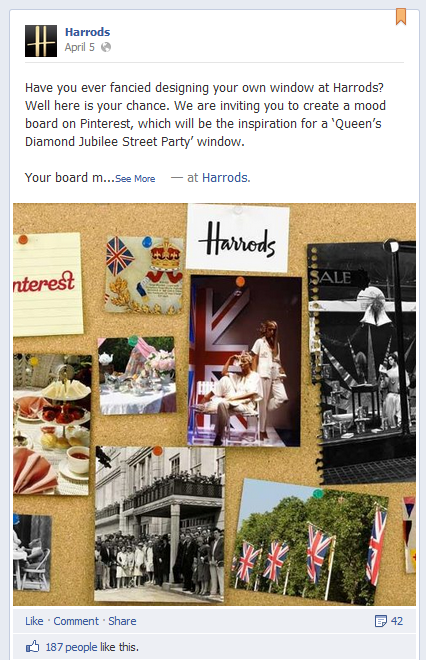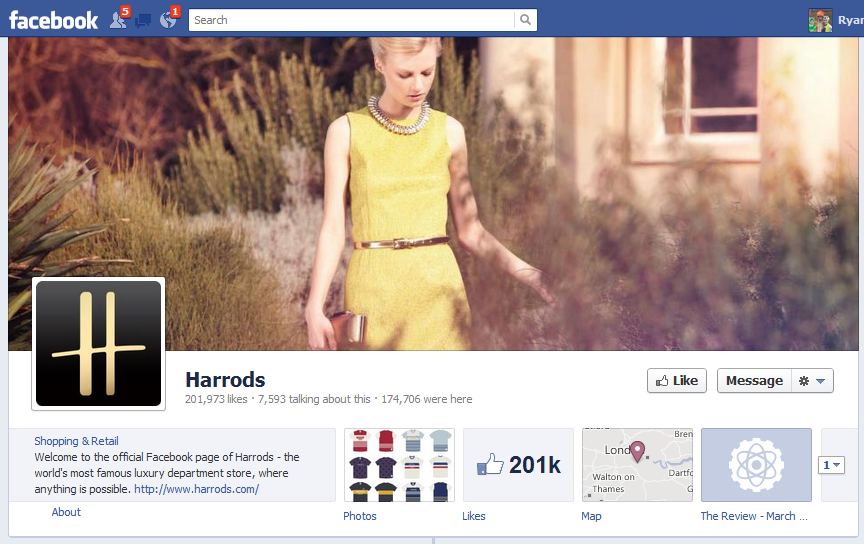I am sure other companies do this as well... but since the email arrived from Pinterest and caught my attention, I will credit Pinterest here and realize other examples will be forwarded my way! Many socially-enabled sites (ie Facebook Connect, Twitter Oauth) send notifications when friends join the service. Sometimes those friends are not connected with you on the new service - but the notification is done to spark the connection. And in other cases, the connection is automatically forged (ie Quora - which was helpful with early virality). Depending on the relationship, language, etc - both can be confusing to new users. I give Pinterest credit with the below example because it very clearly defines a relationship: a "Facebook Friend" has joined Pinterest. That may seem like a minor point - but it is much clearer than directly creating an on-Pinterest friendship and/or only using his name.
I get daily emails from services alerting me of new friends, followers, etc. This is a very minor way to add context and clarity.








